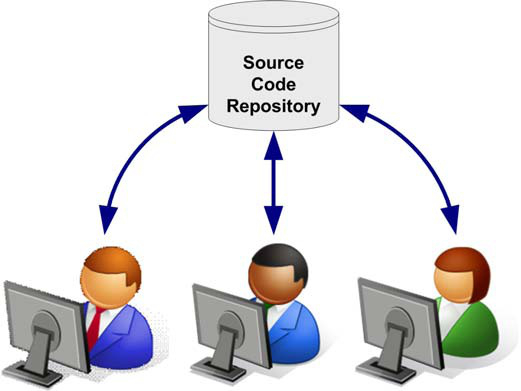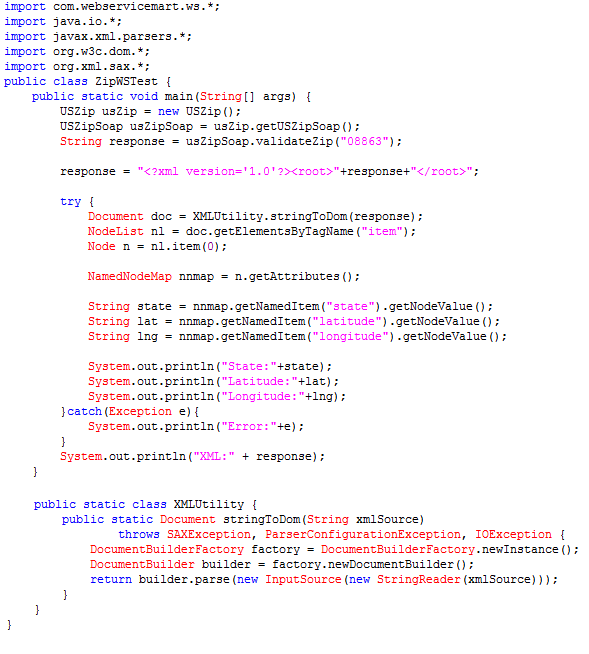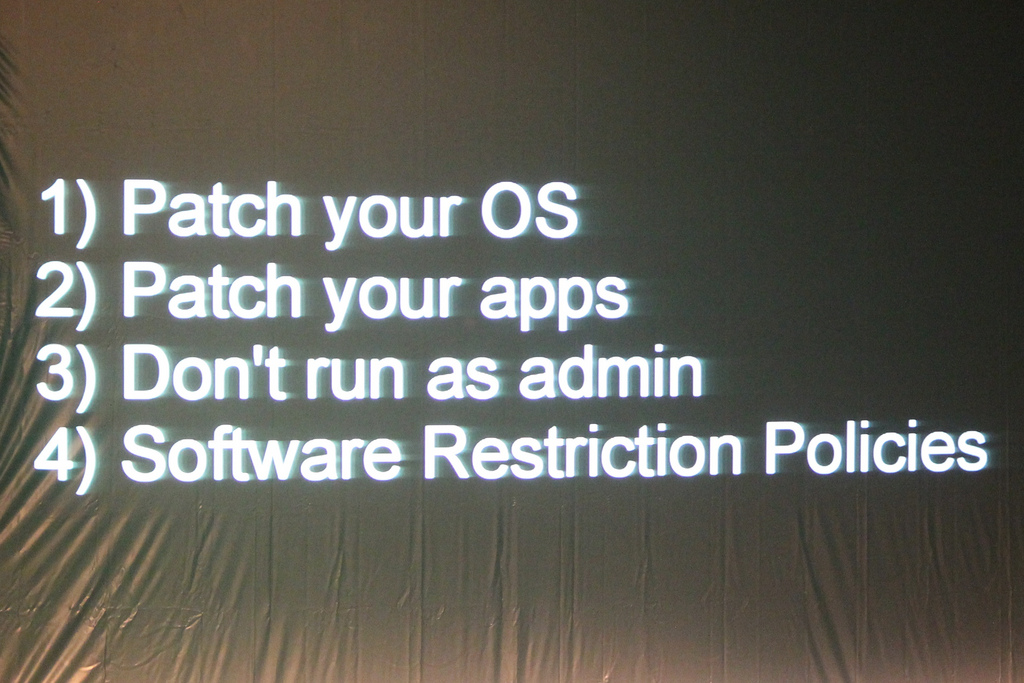UID UID, where art thou my UID

My Import for a UID! No, for ‘twas not so simple. To understand this story we must begin a few versions ago when a tool now known as WebCenter Sites Developer Tools (WSDT) was introduced to finally allow I.T. teams to manage their WebCenter Sites Artifacts within a source code repository such as GIT, BitBucket or SVN. These artifacts were not just code related, but also content related.
- Read more about UID UID, where art thou my UID
- Log in to post comments









